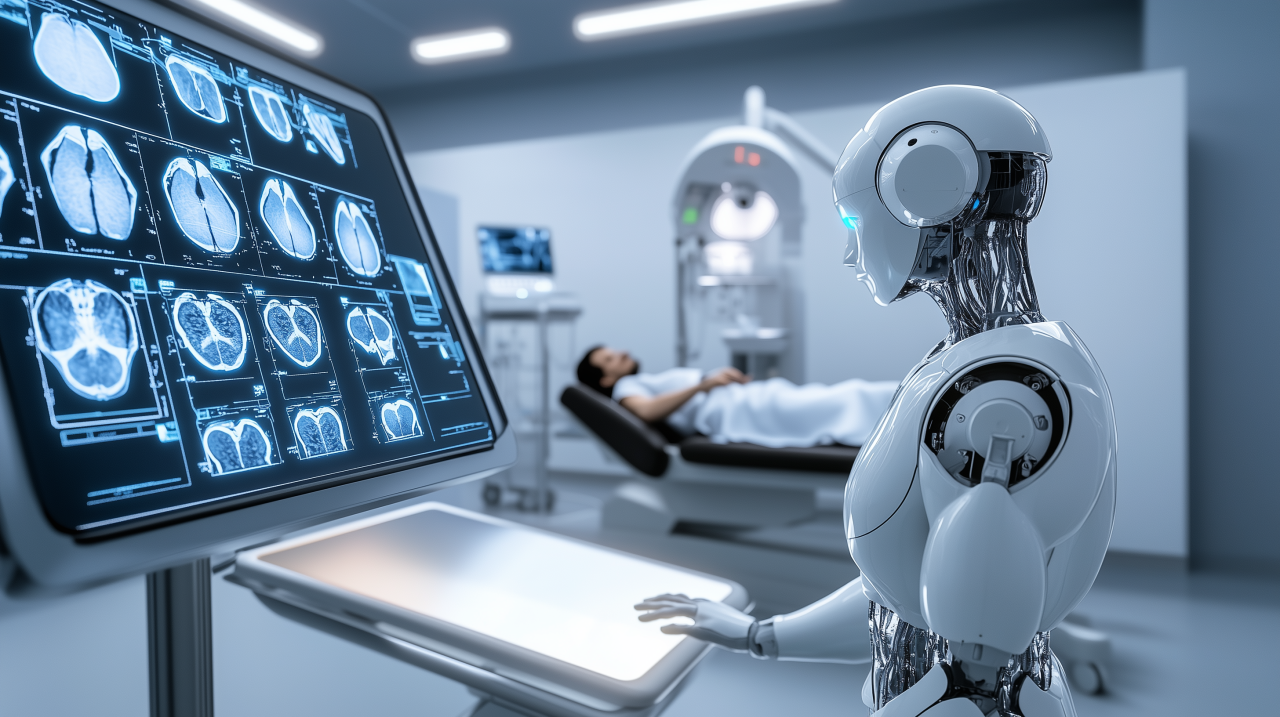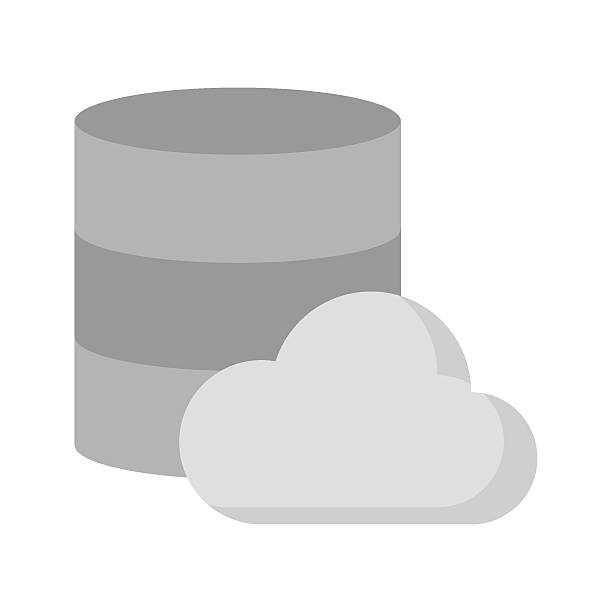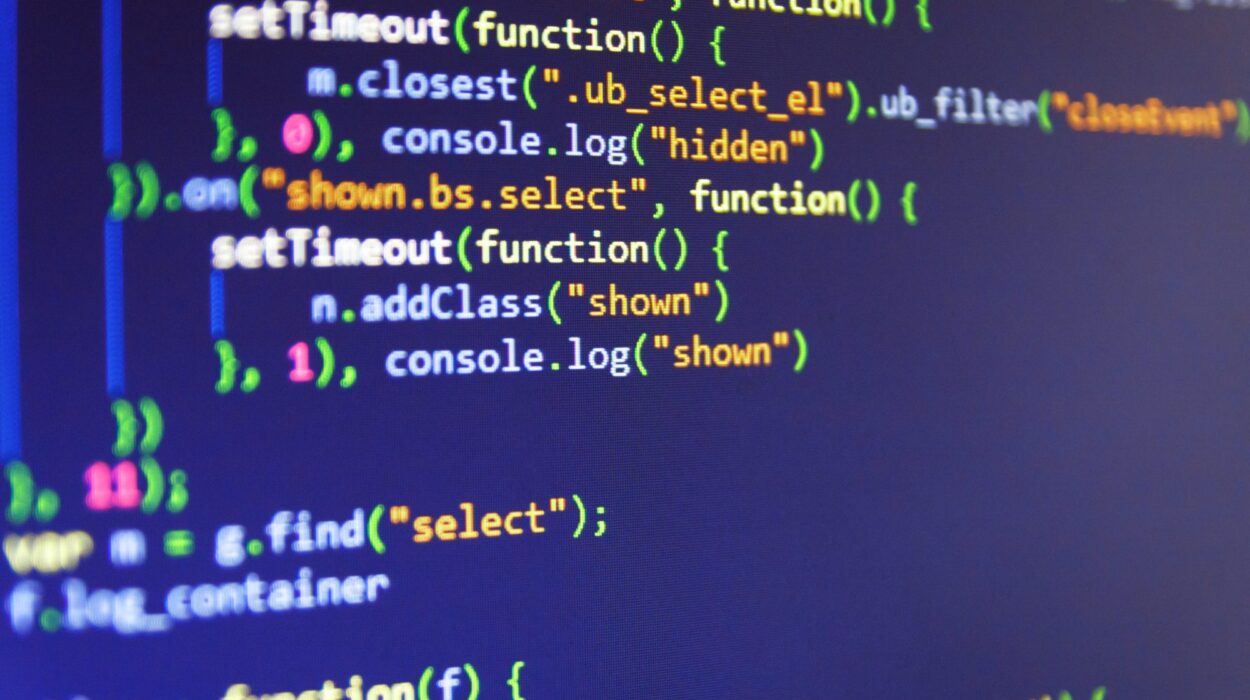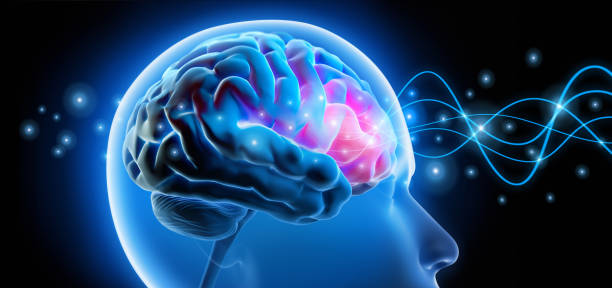There are few moments in history when human civilization takes a leap so profound that it redefines what it means to live, heal, and survive. The discovery of penicillin, the invention of vaccines, and the decoding of DNA all changed the course of medicine. But today, we stand in the midst of another transformation — one led not by a pill, a microscope, or a scalpel, but by artificial intelligence.
AI in medicine is not a futuristic dream anymore; it is a living, breathing reality that touches hospitals, laboratories, and clinics across the world. Algorithms are learning to read medical scans more accurately than humans, predict disease before symptoms appear, discover drugs faster than ever imagined, and even listen to the subtle rhythm of the human voice to detect illness.
This revolution isn’t about replacing doctors; it’s about giving them superpowers — the power to see earlier, act faster, and heal smarter. Below are fifteen of the most significant AI breakthroughs in modern medicine, each representing a milestone in humanity’s journey to blend intelligence with empathy, data with care, and technology with life itself.
1. AI in Early Cancer Detection: Seeing the Invisible
Cancer has always been a race against time. The earlier it’s found, the greater the chance of survival. Yet many cancers — especially pancreatic, ovarian, and lung — often hide silently until it’s too late. AI is changing that narrative.
Deep learning algorithms now analyze radiology scans, mammograms, and pathology slides with extraordinary precision. Google Health’s AI model for breast cancer detection, for instance, outperformed human radiologists in both sensitivity and specificity, reducing false positives and negatives.
In another groundbreaking study, researchers at MIT developed an AI system capable of predicting breast cancer up to five years before it occurs by recognizing subtle patterns invisible to human eyes. AI doesn’t just see what’s there — it sees what will be.
By combining imaging, genetics, and patient data, AI is moving oncology toward a new era of predictive and personalized medicine — one where a computer can whisper to a doctor, “Look here, something is forming,” long before symptoms appear.
2. AI-Powered Radiology: The Digital Eye of Medicine
Radiology is often described as the eyes of medicine. Every day, radiologists interpret thousands of X-rays, MRIs, and CT scans — a demanding task prone to fatigue and oversight. Enter AI, the tireless assistant with perfect recall and pattern recognition.
Companies like Aidoc, Zebra Medical Vision, and Qure.ai have built AI tools that automatically flag abnormalities in scans, such as strokes, internal bleeding, and fractures, within seconds. These systems work around the clock, ensuring no critical finding slips through the cracks.
AI also brings speed to emergency medicine. For example, in stroke cases where every minute means lost brain tissue, AI-powered imaging platforms like Viz.ai analyze scans and instantly alert specialists, cutting down treatment time dramatically.
Radiologists are no longer alone; they now work with digital colleagues who never sleep, never forget, and learn faster with every image they see.
3. AI in Drug Discovery: Accelerating the Impossible
Traditional drug development is a long, expensive, and uncertain process — often taking over a decade and billions of dollars to bring a single drug to market. But with AI, what once took years can now happen in months.
AI systems from companies like DeepMind, Insilico Medicine, and BenevolentAI can analyze massive datasets of molecular structures, biological pathways, and clinical data to identify potential drug candidates faster than human researchers.
In 2020, Insilico Medicine’s AI designed a new drug for fibrosis in just 46 days — a process that normally takes years. DeepMind’s AlphaFold, another revolutionary AI, solved one of biology’s greatest puzzles: predicting protein folding. By accurately mapping how proteins fold into 3D shapes, scientists can now design drugs with unprecedented precision.
These breakthroughs aren’t just about speed; they’re about understanding. AI can uncover biological patterns invisible to human intuition, revealing new mechanisms of disease and unexpected therapeutic targets.
4. AI in Genomics: Decoding the Blueprint of Life
Our DNA is a vast library of 3 billion letters, each holding secrets about our health, ancestry, and destiny. Decoding and interpreting that complexity has been one of science’s grandest challenges — until AI arrived.
Machine learning models are now being used to analyze genomic data and identify genetic mutations associated with diseases such as Alzheimer’s, diabetes, and various cancers. AI-driven tools like DeepVariant, developed by Google, use deep learning to transform raw genome data into highly accurate variant calls, improving the precision of genetic testing.
Another remarkable advance comes from Oxford Nanopore Technologies, which employs AI to enhance the speed and accuracy of real-time DNA sequencing, allowing clinicians to detect pathogens or genetic disorders within hours.
By marrying genomics and AI, medicine is shifting from treating illness to preventing it. We’re entering an age where diseases can be predicted — and stopped — before they begin.
5. AI in Pathology: The Digital Microscope
Pathologists study tissue samples under microscopes to diagnose diseases. But manual examination can be slow and prone to human variation. AI now enhances this vital field, turning the microscope into a digital, data-driven marvel.
Companies like PathAI and Paige have developed algorithms that analyze tissue slides to identify cancer cells, classify tumors, and even predict patient outcomes. In one major study, AI-assisted pathology improved diagnostic accuracy for breast cancer by over 85%.
Beyond detection, AI can analyze the tumor microenvironment — the ecosystem of immune and cancer cells — to forecast how a patient will respond to treatment. This “digital biopsy” could replace invasive procedures and help oncologists tailor therapies for each patient.
AI in pathology represents a silent revolution: machines are learning to see the unseen, helping doctors read the language of life written in cells.
6. AI in Personalized Medicine: Tailoring Treatment to the Individual
For decades, medicine has largely been a one-size-fits-all practice. Two patients with the same diagnosis might respond differently to the same drug — but doctors couldn’t always explain why. Now, AI is helping rewrite that equation.
By integrating genomic data, medical history, lifestyle factors, and real-time health monitoring, AI can create personalized treatment plans optimized for each individual. IBM’s Watson for Oncology, for instance, can analyze a patient’s genetic profile and recommend targeted therapies based on the latest clinical evidence.
AI-driven models also predict how patients will metabolize drugs, minimizing adverse effects and improving outcomes. The result is precision medicine — a shift from treating diseases to treating people.
In the future, AI could design a custom medication for you — not someone like you — but you, specifically.
7. AI in Predictive Healthcare: Seeing the Future of Disease
What if your doctor could predict your next illness years before it happens? That’s the promise of predictive AI.
By analyzing massive datasets of patient records, lab results, and lifestyle data, machine learning models can detect subtle patterns that signal disease risk. Google’s AI, for example, can predict cardiovascular events from retinal images alone, simply by recognizing blood vessel patterns associated with heart disease.
Hospitals like Mount Sinai have developed AI models capable of forecasting heart failure or sepsis hours before clinical signs appear, allowing doctors to intervene early and save lives.
Predictive AI transforms medicine from reactive to proactive — from waiting for sickness to preventing it entirely.
8. AI in Medical Imaging for Rare Diseases
Rare diseases often go undiagnosed for years because symptoms can mimic other conditions, and few clinicians encounter them often. AI is now stepping into this diagnostic void.
Deep learning models trained on global datasets can identify rare genetic and developmental disorders from facial features or imaging data. Tools like Face2Gene use AI-powered facial recognition to detect genetic syndromes with remarkable accuracy.
This technology gives doctors, especially in remote areas, a powerful ally in diagnosing conditions that once required teams of specialists. It also provides hope for families long trapped in diagnostic limbo, turning years of uncertainty into answers — and sometimes, treatment.
9. AI in Robotic Surgery: Precision Beyond Human Hands
The idea of a robot performing surgery once belonged to science fiction, but today it’s a reality reshaping the operating room.
AI-assisted robotic systems like the da Vinci Surgical System give surgeons superhuman precision. These systems learn from millions of procedures, adapting to minimize tremors and improve accuracy in delicate operations like neurosurgery or cardiac repair.
Researchers are now developing autonomous surgical AIs capable of performing specific tasks independently. In one experiment, an AI-driven robot successfully performed soft-tissue surgery on a pig more accurately than human surgeons.
AI doesn’t replace the surgeon — it extends their skill. Together, human intuition and robotic precision create a harmony that can save more lives than ever before.
10. AI in Mental Health: Listening to the Mind
Mental health has long been the hidden frontier of medicine — difficult to diagnose, harder to treat, and often clouded by stigma. But AI is giving clinicians new ways to listen, understand, and help.
Machine learning models can now analyze voice patterns, facial expressions, and even text messages to detect signs of depression, anxiety, or bipolar disorder. Tools like Woebot and Wysa use conversational AI to provide real-time emotional support, guiding users through cognitive behavioral therapy exercises.
Researchers have also developed algorithms that predict suicidal ideation by identifying linguistic cues in speech and social media posts — giving clinicians a chance to intervene before tragedy strikes.
AI may never replace human empathy, but it can extend its reach, helping millions access mental health support wherever and whenever they need it.
11. AI in Epidemiology: Predicting and Containing Outbreaks
When the world faced COVID-19, one lesson became painfully clear: speed and data save lives. AI emerged as a powerful ally in tracking, predicting, and mitigating pandemics.
Canadian company BlueDot used AI to detect the earliest signs of the COVID-19 outbreak before official alerts were issued, analyzing flight patterns and news reports in multiple languages. Similar systems now monitor social media, hospital data, and global news to detect emerging diseases in real time.
AI also models how infections spread, helping governments and hospitals allocate resources efficiently. During the pandemic, machine learning helped predict hospital surges and identify which patients were most at risk of severe illness.
In the future, AI could act as a global health sentinel — the world’s immune system, watching for the first signs of danger and responding instantly.
12. AI in Cardiology: The Algorithmic Heartbeat
The human heart beats around 100,000 times a day — each beat carrying data. AI has learned to listen.
Advanced algorithms now analyze electrocardiograms (ECGs), echocardiograms, and wearable device data to detect arrhythmias, heart failure, and even silent atrial fibrillation before symptoms appear.
Apple’s AI-powered ECG feature has already saved lives by alerting users to irregular heart rhythms. Meanwhile, Mayo Clinic’s deep learning model can predict heart failure from a standard ECG with stunning accuracy.
Cardiology, once dependent on stethoscopes and intuition, now has a new diagnostic tool — one that hears the music of the heart and interprets it with mathematical clarity.
13. AI in Ophthalmology: The Eyes as a Window to Health
Your eyes reveal more than you think. Retinal scans can reflect not just eye diseases but also cardiovascular, neurological, and metabolic health. AI is turning ophthalmology into a powerful diagnostic frontier.
DeepMind’s collaboration with Moorfields Eye Hospital in London led to an AI that detects over 50 eye conditions from retinal scans as accurately as top specialists. The same technology can also predict kidney disease and diabetes-related complications.
Because retinal imaging is quick and noninvasive, AI-driven eye scans may soon serve as a universal health check, giving doctors early warning signals of systemic diseases across the body.
14. AI in Clinical Documentation and Workflow
Doctors often spend more time typing than talking to patients. Administrative burden is one of the leading causes of burnout in healthcare. AI is helping change that.
Natural language processing (NLP) systems like Nuance’s Dragon Ambient eXperience listen to doctor-patient conversations, automatically generate clinical notes, and update medical records in real time. This allows physicians to focus on what truly matters — the human connection.
AI also streamlines scheduling, billing, and patient triage, reducing inefficiencies and improving hospital operations. Behind the scenes, algorithms are quietly making healthcare smoother, faster, and more humane.
15. AI and the Future of Regenerative Medicine
The ultimate dream of medicine has always been to heal the body by rebuilding it. Regenerative medicine — the science of growing tissues and organs — is being accelerated by AI.
Machine learning models are being used to simulate cell behavior, predict how stem cells will differentiate, and optimize tissue growth in bioreactors. Researchers are using AI to design scaffolds for 3D-printed organs and to understand how to reprogram cells for healing damaged hearts, kidneys, and even spinal cords.
In one remarkable study, AI-guided experiments helped identify genetic factors that control tissue regeneration in animals, bringing us closer to unlocking regeneration in humans.
The fusion of AI and regenerative biology could eventually make organ shortages a thing of the past — a new dawn where loss and damage are not final, but reversible.
A New Era of Healing
Artificial intelligence is not a miracle worker; it’s a mirror — reflecting our own ingenuity, compassion, and desire to understand life. In hospitals, research labs, and even smartphones, AI is amplifying human capability, not replacing it.
These fifteen breakthroughs represent more than technological triumphs; they are stories of hope, courage, and imagination. They show that the union of human empathy and machine intelligence can create a future where medicine is not just reactive, but predictive; not just curative, but preventive; not just scientific, but profoundly humane.
In this new era of healing, AI stands beside us — not as a replacement for doctors, but as a partner in the art and science of saving lives. And perhaps, one day, the greatest discovery AI will make is not how to prolong life, but how to perfect the way we care for one another.






